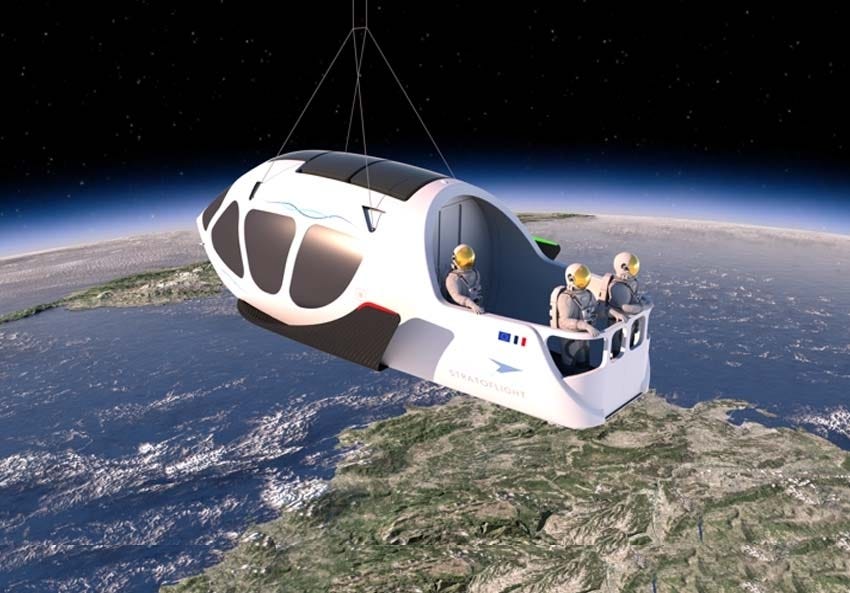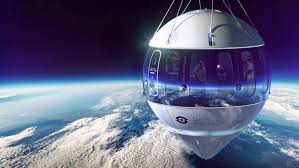Space Tourism: The New Frontier of Recreational Space Travel

Space tourism, the pursuit of recreational space travel, is conducted using established government-owned vehicles like the Russian Soyuz and the International Space Station (ISS) or newer vehicles developed by private companies. Since American businessman Dennis Tito’s pioneering flight on April 28, 2001, space tourism has seen significant growth, with more opportunities for suborbital and orbital tourism now available.

Orbital Space Tourism
Space tourism’s rise began in the late 1990s when the Russian company MirCorp and the American company Space Adventures Ltd. partnered. MirCorp, responsible for the Mir space station, aimed to generate revenue for its maintenance by selling trips to the station. Although Mir was deorbited before Dennis Tito could travel there, Space Adventures redirected his mission to the ISS. Tito paid $20 million for his journey on the Russian Soyuz TM-32 spacecraft, spending seven days aboard the ISS and becoming the world’s first space tourist. However, due to the rigorous training required, Tito preferred the term “spaceflight participant,” a term now commonly used to differentiate commercial space travelers from career astronauts.
Following Tito’s flight, orbital space tourism expanded with notable travelers such as South African Mark Shuttleworth in 2002, American Gregory Olsen in 2005, and Iranian-born American Anousheh Ansari in 2006, who became the first female fee-paying space traveler. American billionaire Charles Simonyi flew twice, in 2007 and 2009. Other notable participants include video game developer Richard Garriott in 2008, the first second-generation American in space, and Canadian entrepreneur Guy Laliberté in 2009. Space Adventures plans to fly Japanese entrepreneurs Maezawa Yusaku and Hirano Yozo to the ISS in 2021 and has also offered a lunar mission for $100 million.
American company SpaceX entered the scene with its Crew Dragon spacecraft, chartered for private orbital flights. The Inspiration4 mission in September 2021 carried four private citizens—Jared Isaacman, Sian Proctor, Hayley Arceneaux, and Chris Sembroski—for a three-day orbit. Another mission, organized by Axiom Space, will take one astronaut and three tourists to the ISS.

Suborbital Space Tourism
While orbital space tourism grabbed headlines, other companies focused on making suborbital flights viable. The Ansari X Prize, a $10 million reward, spurred this development, awarded to the first nongovernmental organization to launch a reusable crewed spacecraft into space twice within two weeks. On October 4, 2004, SpaceShipOne, backed by Virgin Galactic and designed by Burt Rutan, won the prize, marking the beginning of commercial crewed spaceflight and space tourism.
The U.S. Commercial Space Launch Amendments Act (CSLAA) of 2004 set guidelines for the safety of commercial human spaceflight under the Federal Aviation Administration (FAA). Although the FAA cannot impose safety regulations until 2023 unless a serious incident occurs, it monitors launches and landings and requires space tourists to be informed of the risks and to provide written consent.
Despite a fatal test flight crash in 2014, Virgin Galactic, led by Richard Branson, sold hundreds of seats at $300,000 each for suborbital flights. Virgin Galactic’s SpaceShipTwo, VSS Unity, launched from a spaceport in New Mexico, made its first fully crewed flight on July 11, 2021, with Branson and three Virgin Galactic employees aboard.
Blue Origin, founded by Amazon’s Jeff Bezos, developed the New Shepard spacecraft, which takes off and lands vertically. On July 20, 2021, Bezos, his brother Mark, pilot Wally Funk, and student Oliver Daemen flew aboard New Shepard. Its second flight on October 13, 2021, included actor William Shatner, then 90 years old, becoming the oldest person in space.

Future of Space Tourism
As space tourism evolves, more individuals will join the ranks of spaceflight participants, progressing from suborbital and orbital flights to potential lunar excursions and missions to Mars. This burgeoning industry promises to open the final frontier of space, transforming space tourism into a thriving sector that expands humanity’s reach beyond Earth.




